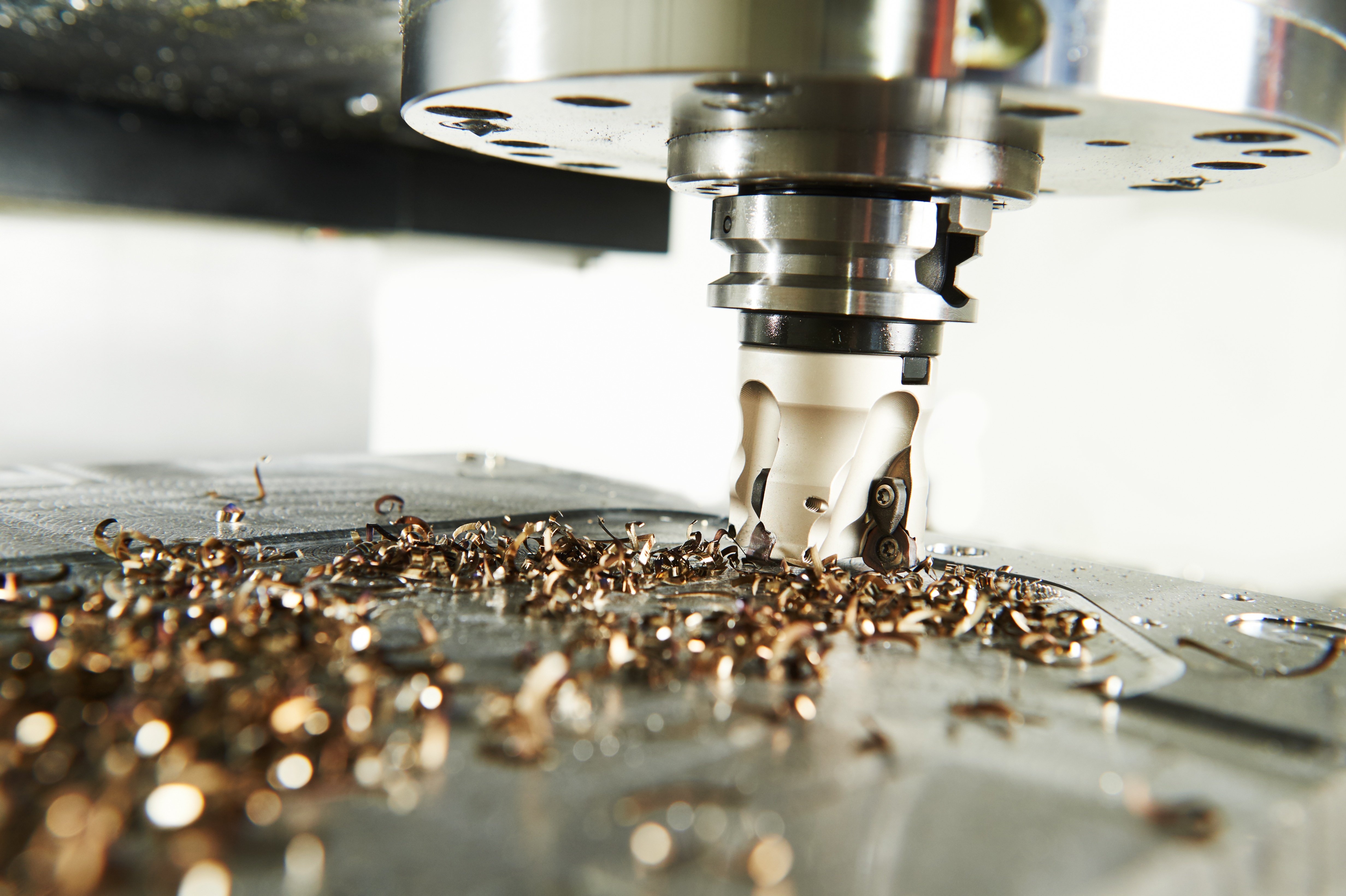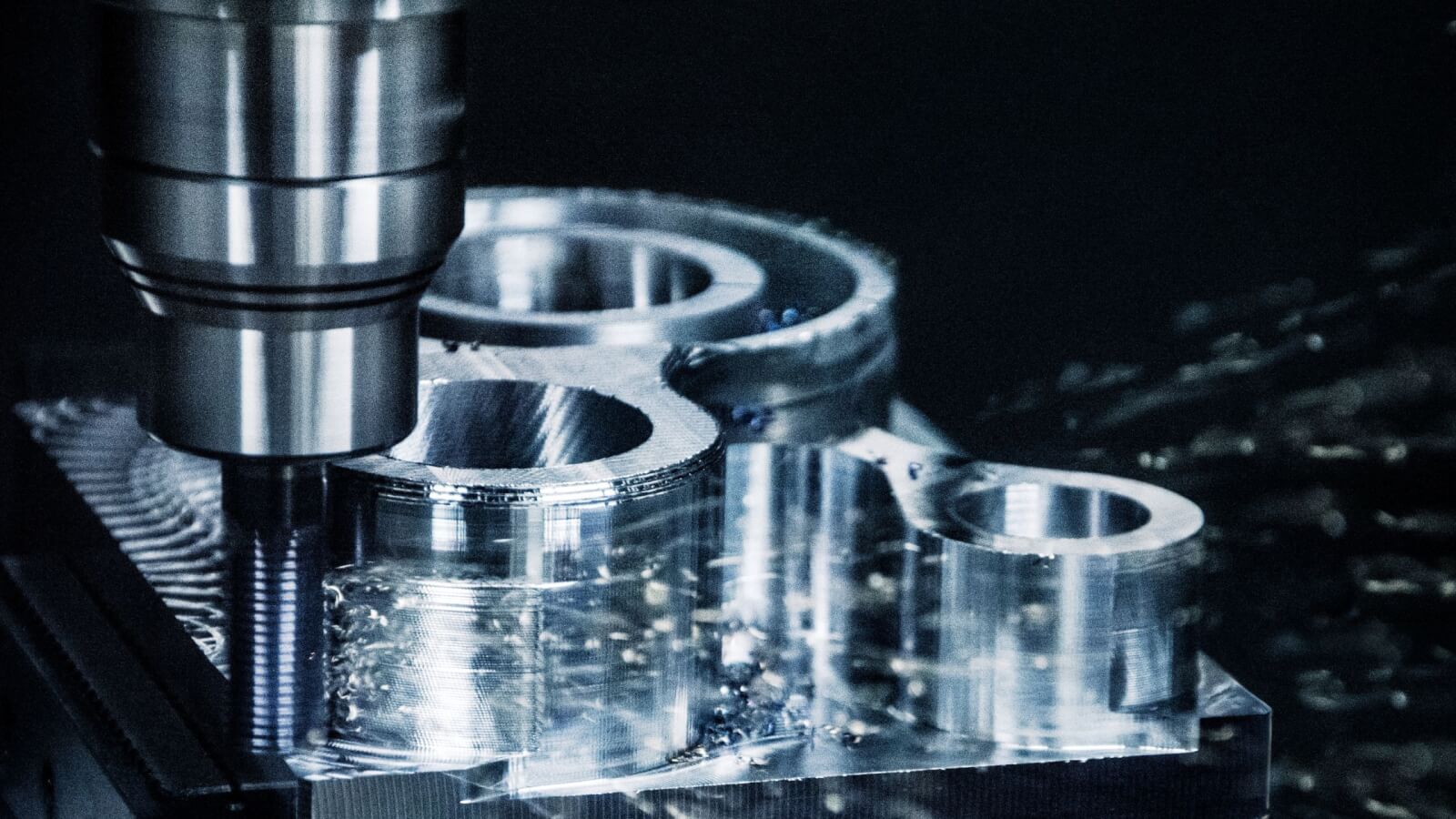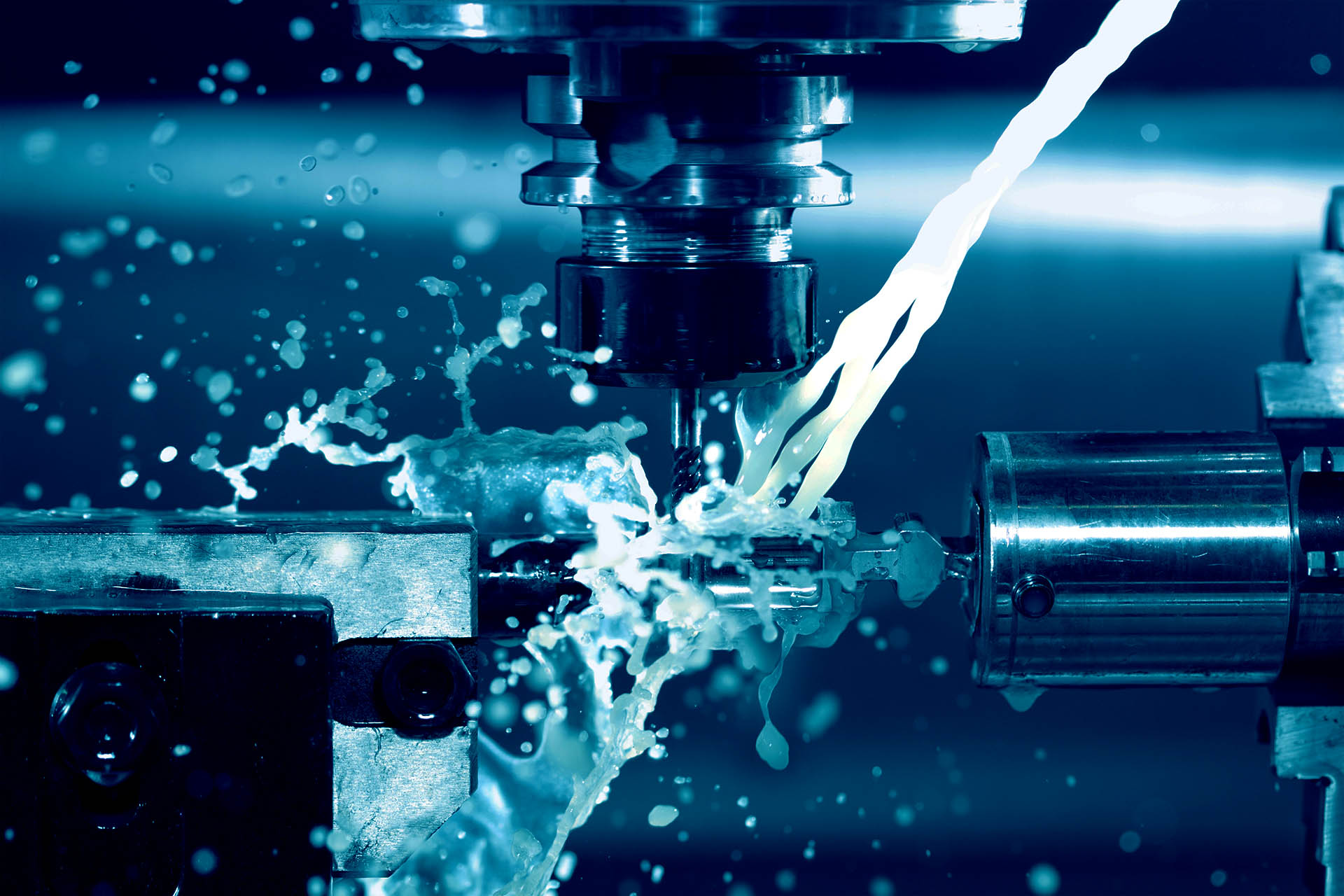Innovative Fasteners and Machining Solutions for Complicated Layouts
Innovative Fasteners and Machining Solutions for Complicated Layouts
Blog Article
Introducing the Complexities of Fasteners and Machining Procedures for Optimal Efficiency
In the realm of engineering and production, the choice of fasteners and the ins and outs of machining processes play a crucial function in determining the best performance and resilience of an item. From the apparently simple task of picking the best kind of fastener to the facility precision machining strategies employed, every action in this process needs precise focus to detail. As we start this exploration right into the globe of fasteners and machining, we will certainly uncover the refined yet critical aspects that can considerably influence the performance and top quality of the final item, losing light on the typically forgotten aspects that can make all the difference in accomplishing optimum efficiency.

Importance of Appropriate Bolt Selection
Choosing the suitable bolts is important in ensuring the architectural integrity and long life of any mechanical setting up. Fasteners play a basic role in holding parts with each other securely, with the right selection contributing dramatically to the overall efficiency and integrity of the assembly. When picking fasteners, factors such as product compatibility, environmental problems, load-bearing capability, and ease of installment should be carefully taken into consideration to guarantee optimum performance.
Inappropriate fastener option can result in a series of problems, consisting of loosening, rust, and also structural failing. Using bolts that are not suited to the certain requirements of the assembly can endanger its performance and posture safety threats. Consequently, engineers and developers need to carefully examine the application needs and choose bolts that fulfill or exceed the required criteria and specifications.
Moreover, the proper fastener selection process entails assessing the joint design, expected tons, resonance degrees, and possible thermal development or contraction to guarantee that the selected fasteners can withstand the operating conditions successfully. By focusing on correct bolt option, suppliers can boost the quality, sturdiness, and performance of their mechanical assemblies.
Types and Features of Bolts
A vital element of mechanical assemblies hinges on comprehending the diverse types and distinct qualities of fasteners utilized in various commercial applications. Fasteners are vital parts that hold structures together, making sure security and capability. There is a large range of fasteners available, each developed for particular functions based on the application demands. Common kinds of fasteners consist of screws, screws, nuts, pins, washers, and rivets.
Screws are threaded bolts that are typically made use of to sign up with two or even more components with each other. Bolts are comparable to screws however are typically made use of with a nut to develop a safe joint. Nuts are internally threaded bolts that mate with bolts to hold elements together. Washing machines are thin plates that disperse the load of a fastener, preventing damage to the material being attached. Rivets are long-term bolts that are hammered or pressed right into place. Pins are utilized for placement or to protect parts temporarily.
Comprehending the features of each kind of bolt is necessary for choosing the ideal one for a particular application, making sure ideal performance and dependability of the mechanical assembly. Fasteners and Machining.
Accuracy Machining Strategies for Performance
The detailed style needs of different fasteners require employing accuracy machining techniques for ideal efficiency in producing processes. One of the main strategies utilized in accuracy machining is Computer Numerical Control (CNC) machining, which makes it possible for high degrees of precision and repeatability in the production of bolts.
Along with CNC machining, various other accuracy techniques such as grinding, milling, and transforming are commonly utilized to attain the tight resistances needed for fasteners. These strategies allow makers to develop fasteners with smooth surfaces, specific dimensions, and high structural stability. By making use of precision machining methods, suppliers can enhance the top quality of bolts, reduce material waste, and enhance total production effectiveness. The use of sophisticated machining processes assists make sure that bolts fulfill industry standards and customer assumptions for performance and dependability.

Aspects Affecting Machining Refine Efficiency
Different variables play a considerable function in establishing the efficiency of machining procedures in the production of bolts. Maximizing these parameters based on the specific requirements of the fastener being produced is essential to accomplishing exact and economical machining.
Equipment strength and security likewise play a critical duty in establishing machining procedure efficiency. you could check here A steady maker with marginal resonances can improve accuracy and avoid tool wear, resulting in better overall performance. The ability and experience of the equipment driver can not be undervalued. An educated operator can make real-time adjustments, troubleshoot issues successfully, and make certain her comment is here that the machining process runs smoothly, inevitably impacting the final top quality of the fastener.

High Quality Control Steps in Manufacturing
Aspects affecting machining procedure efficiency, such as reducing tool choice and equipment security, straight effect the execution of quality control measures in production. Quality assurance steps are necessary in ensuring that products satisfy the needed specs and standards. In the production procedure, different techniques are used to keep high quality standards. Inspection and screening play a vital function in identifying any inconsistencies from the wanted result. Normal maintenance of machining equipment is additionally crucial to copyright quality assurance. find more Calibration of devices and devices is necessary to ensure precise and precise manufacturing procedures. Additionally, applying standardized operating treatments and procedures can help in preserving uniformity and high quality throughout the production line. Quality assurance measures not just concentrate on completion product however also on every phase of the manufacturing procedure to avoid issues and errors. By sticking to rigorous quality assurance measures, makers can boost customer complete satisfaction, construct a track record for integrity, and eventually accomplish optimal performance in their machining procedures.
Conclusion
To conclude, selecting the right bolts and utilizing accuracy machining techniques are crucial for ideal performance in producing procedures. Recognizing the types and attributes of bolts, together with variables influencing machining process efficiency, can lead to improved efficiency and quality control measures. By focusing on these intricacies, manufacturers can attain greater degrees of performance and reliability in their products.
In the world of design and manufacturing, the selection of bolts and the details of machining procedures play an essential role in determining the ultimate efficiency and longevity of an item (Fasteners and Machining). One of the key methods used in accuracy machining is Computer system Numerical Control (CNC) machining, which allows high levels of precision and repeatability in the production of bolts. The usage of sophisticated machining procedures assists guarantee that bolts satisfy industry criteria and client expectations for efficiency and dependability
In conclusion, picking the best bolts and using precision machining methods are important for optimum performance in making processes. Recognizing the kinds and characteristics of bolts, along with factors affecting machining process efficiency, can lead to boosted effectiveness and top quality control procedures.
Report this page